Photographs: Mukesh Gupta/Reuters Sajjid Chinoy
In the medium term what will truly matter for the rupee's fortunes are India's growth and inflation fundamentals. If those are not addressed, the currency will continue to depreciate.
The rupee has been all the rage of late. In all the cacophony, nary a day goes by without analysts spouting hourly, daily, monthly and yearly rupee forecasts, without the "fair value" of the rupee being hotly contested, and without continuing debate on the validity of the Reserve Bank of India (RBI)'s recent moves.
But before we get to these more contentious (and interesting) questions, let's stipulate some facts.
The rupee is the worst performing emerging market currency over the last three months, but not the only currency to take a hit.
Brazil, Turkey, South Africa, Mexico, Chile have all "suffered" to varying degrees as emerging market debt gets repriced in the wake of the US Fed getting ready to taper.
There are other issues over which consensus is emerging. In the short-run, sharp currency depreciation can often be stagflationary.
The pass-through from currency weakness to domestic prices is often non-negligible (just see the latest consumer price index and wholesale price index prints!).
…
Making sense of the rupee
Image: A woman checks the rupee-dollar exchange rate at a foreign exchange bureau.Photographs: Reuters
Simultaneously, when corporations have large unhedged foreign exchange exposures on their balance sheets, sudden and sharp rupee weakness can generate a financial shock to the system.
And the fiscal impacts are also meaningful. India's projected fiscal consolidation becomes significantly harder with the rupee at 62 than at 55.
None of this is to suggest that exchange rates should not be allowed to float. The experience from emerging markets is clear - floating exchange rates are needed "shock-absorbers" in the wake of an external shock.
Depreciation can also serve as an automatic stabiliser - by boosting exports and forcing some import substitution (though estimated elasticities of the former are very low).
But all this only happens incompletely and with a significant lag. In the short-run, the stagflationary shock from a sharp depreciation can be very disruptive.
Given this, the burning question is whether the depreciation has been overdone. Or is there more to come? Is the current level of the exchange rate "appropriate" given India's fundamentals?
Estimating India's "equilibrium" exchange rate is nothing short of daunting. The devil lies in the details. What proxy do you use for productivity growth? Which inflation index is appropriate? Which is the right "base year"?
…
Making sense of the rupee
Photographs: Amit Dave/Reuters
So, the idea here is not to come up with the equilibrium level appropriate level but to develop a framework to understand the rupee's sustained depreciation over the last two years.
Here's what we do know from the empirical evidence. If productivity growth accelerates (typically proxied through growth of gross domestic product per capita) an economy should see its real exchange rate appreciate.
This can happen through either higher inflation or an appreciation of the nominal exchange rate.
Therefore, countries that have a large growth differential versus their trading partners without a correspondingly large inflation differential should experience a nominal appreciation of their currencies - which can be sustained in equilibrium.
That's exactly what India witnessed in the high growth years of 2005-2008.
The exact opposite has transpired over the last two years. India's growth differential has fallen markedly while the inflation differential has risen.
This should imply equilibrium pressure on the nominal exchange rate to depreciate - exactly what we have seen over the last two years!
…
Making sense of the rupee
Photographs: Reuters
The other point to note is equilibrium concepts are dynamic. So even if one believes, for instance, that 58-59 is the equilibrium level at the current moment, that will change a year from now depending on how growth and inflation evolve.
If productivity growth in India does not accelerate and inflation stays high, the same framework would suggest an equilibrium of, say, 61-62, depending on model parameters.
So, the depreciating bias won't go away unless fundamentals correct. The numbers are not important here, but the concept is: that fair-values are a dynamic construct that move in tandem with fundamentals.
For all the debate on fair-values, however, in the short-run exchange rates are driven by how the balance of payments (BoP) evolves.
We saw inflation raging in 2010 and 2011 but the rupee exhibited no tendencies to depreciate as capital inflows surged after quantitative easing 2.
So, understanding BoP dynamics will be key to evaluating the rupee's fortunes in the coming quarters and many of these forces - commodity prices and portfolio flows - will be driven by external events.
…
Making sense of the rupee
Image: India's trade deficit in iron ore, coal, fertiliser and scrap metal has surged over the last few years in response to policy and regulatory bottlenecks.Photographs: Reuters
To be sure, the BoP forces are not divorced from whether a currency is fairly valued or not. Gross undervaluation should help narrow the current account deficit (CAD) and attract capital inflows.
But the J-curve is incomplete, often takes quarters to manifest and its efficacy depends on other frictions.
For example, India's trade deficit in iron ore, coal, fertiliser and scrap metal has surged over the last few years in response to policy and regulatory bottlenecks at home despite a much weaker rupee.
The CAD has more than doubled over the last three years despite the real exchange rate depreciating almost 15 per cent.
Therefore, given the frictions involved (regulated oil pricing, speculative demand for gold, high import content of exports) often the depreciation has to be disproportionately large for the foreign exchange to perform any sort of an equilibrating role.
Eventually things will correct but this could be long and tedious.
...
Making sense of the rupee
Image: Finance Minister Palaniappan Chidambaram.Photographs: Issei Kato/Reuters
Yet even this should not necessarily be a reason enough for policymakers to try and defend a level and determine the "appropriate rate".
All they can and should do is lay out a plan for how to contain and finance the CAD in the near term to anchor expectations - which is what they have chosen to do.
But how then does one understand the RBI's decision to mount an interest rate defence? In the very short-run, currency markets are dominated by positioning and expectations.
And sometimes expectations get unhinged. If everyone believes the foreign exchange is going to weaken, exporters intentionally delay their receipts, importers intentionally front-load their payments and the currency does weaken - validating expectations ex-post.
This can sometimes cause the currency to get untethered and lead to a vicious, self-fulfilling spiral - divorced from fundamentals.
…
Making sense of the rupee
Photographs: Vivek Prakash/Reuters
If central banks believe that to be a case, they have a role in anchoring rupee expectations, just as they have a role in managing inflation expectations. The idea should not be to protect a level. Simply re-anchor expectations.
So, this, then, is perhaps a way to make sense of recent events. That the RBI is trying to anchor expectations in the short run, but cannot solve the more fundamental problem.
Over the next few quarters BoP pressures will drive the currency and explains the government's desire to lay out a road map, because even a potentially undervalued currency may not generate the needed correction in the near term.
In the medium term, however, what will truly matter for the rupee's fortunes are India's growth and inflation fundamentals.
If those are not addressed, the rupee will continue to depreciate. And we should not interfere with that process. Because ultimately the rupee is a symptom. It holds up a mirror to our macroeconomic progress. Or lack thereof.
The author is India Economist for JP Morgan

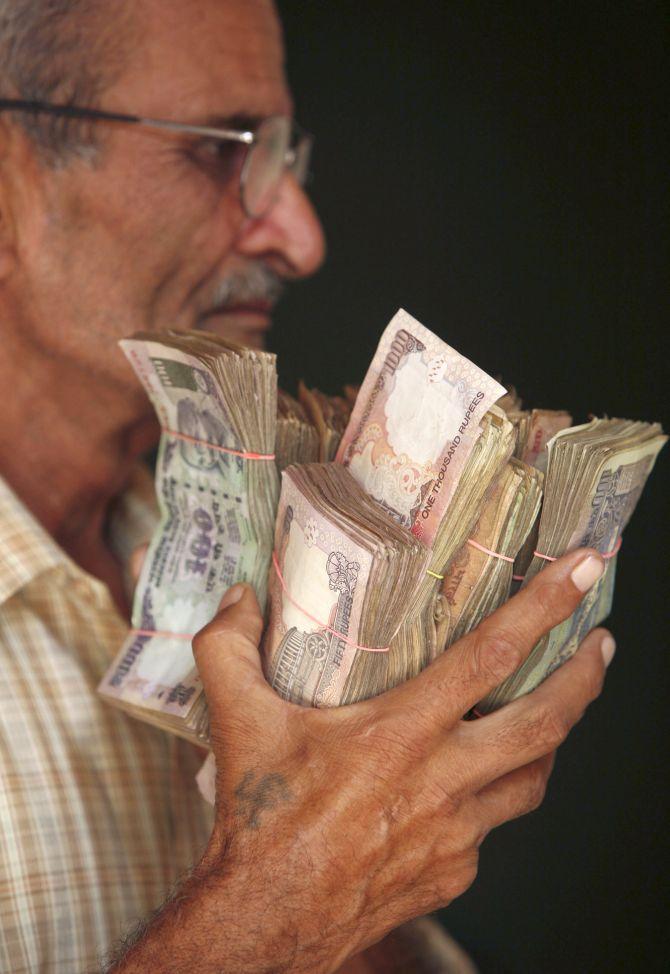
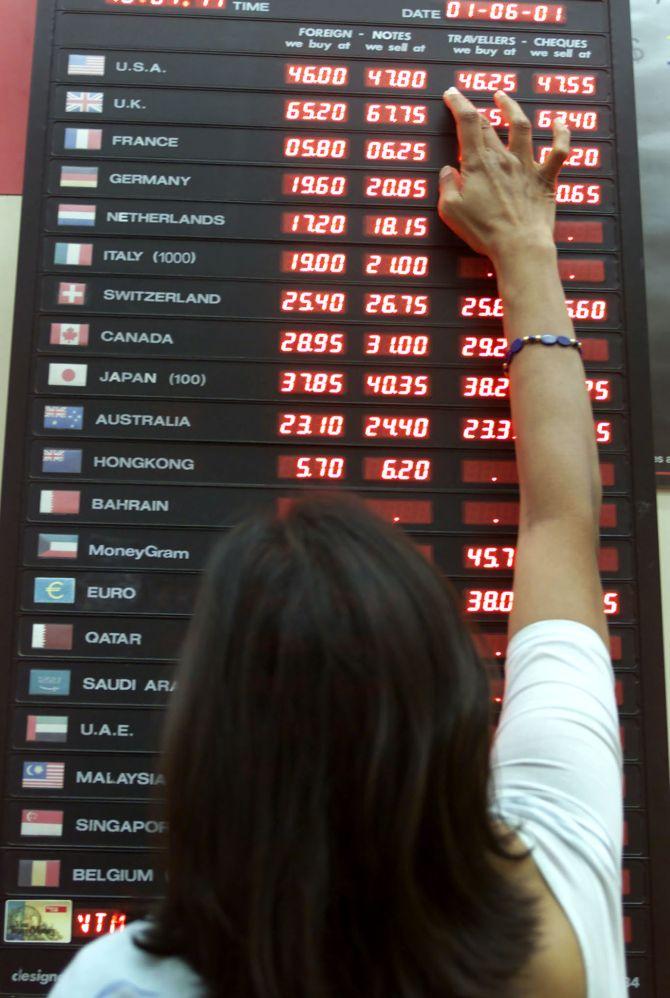


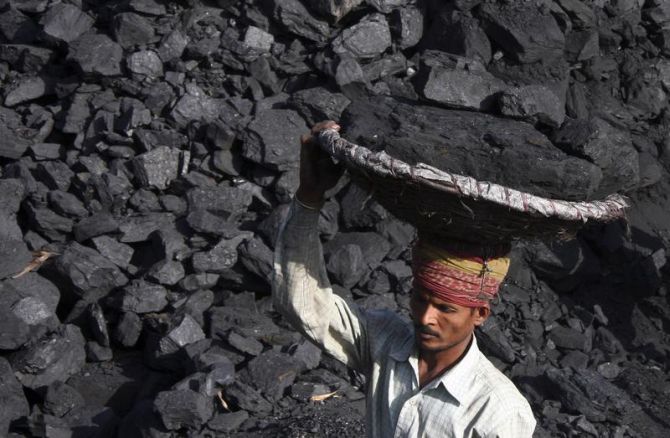
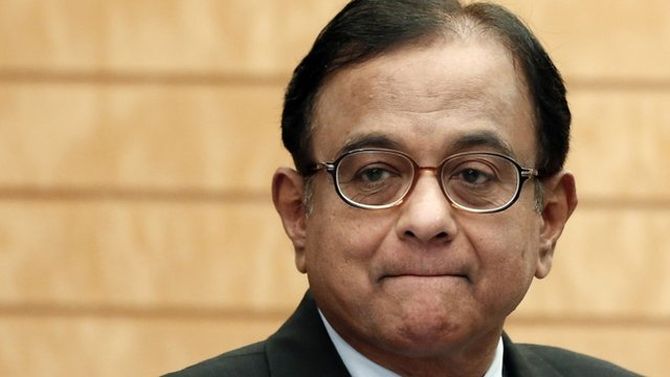
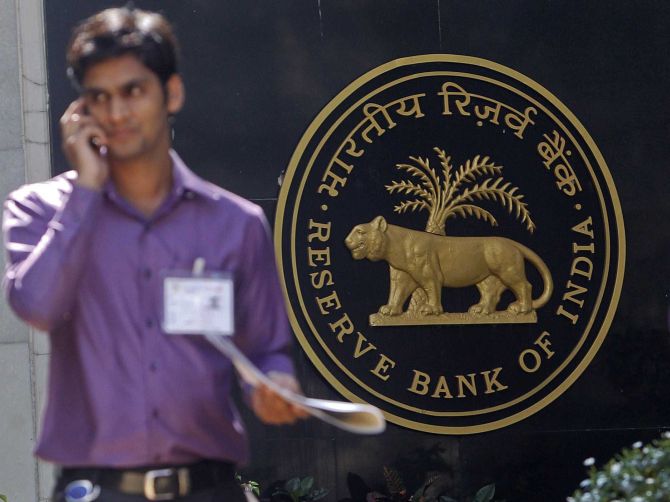

article